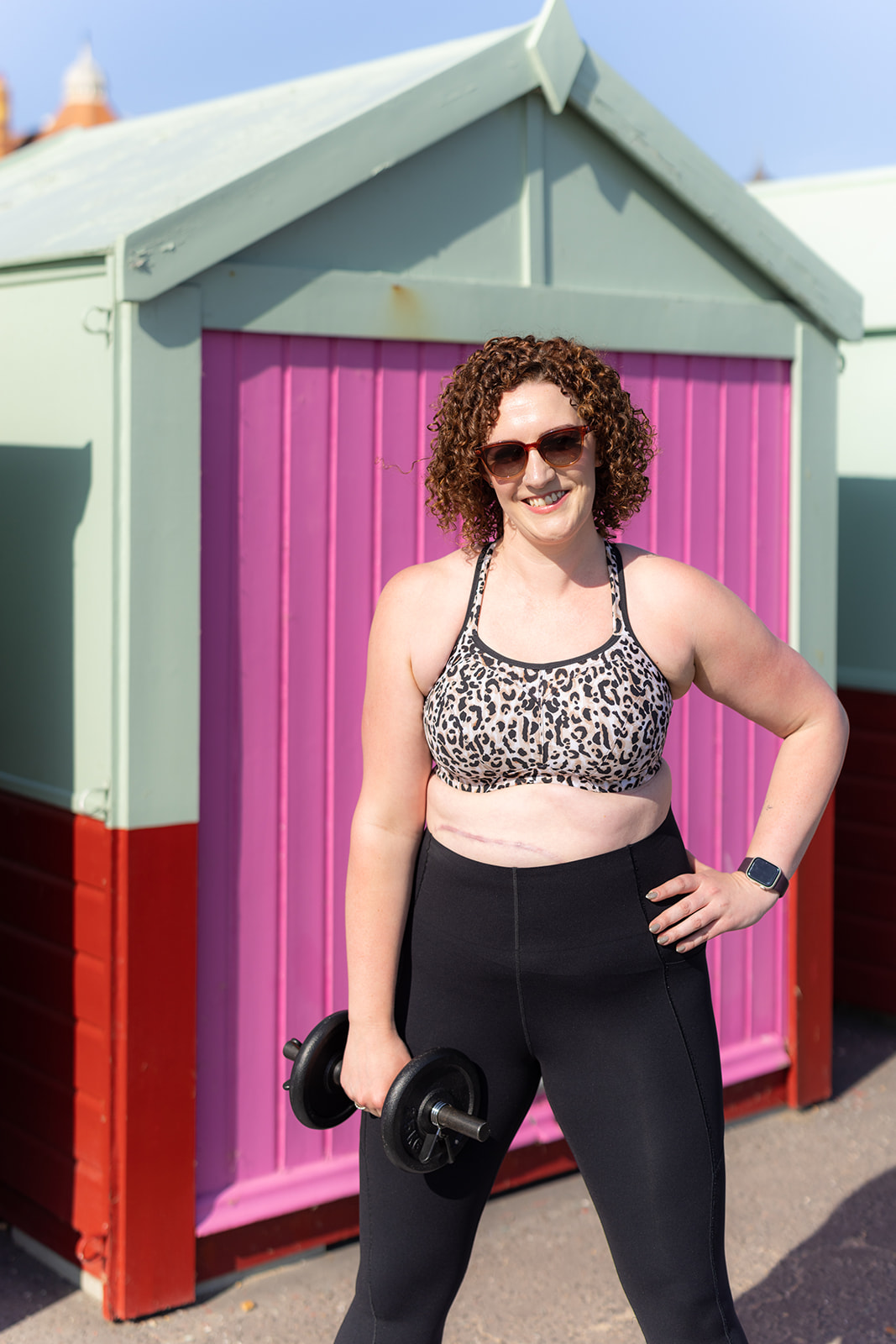Horsham-based female personal trainer, Becky, is a cancer exercise specialist. Having been through cancer in her early 30s, she feels particularly strongly about helping younger adult patients and survivors. Here, she explains further…
There’s some debate as to what constitutes an “AYA” (adolescent or young adult) cancer patient, but common wisdom lands in the neighbourhood of anyone diagnosed up to the age of 40. In addition to being younger than most would expect someone with cancer to be, there are all sorts of challenges AYA patients and survivors face that their older peers don’t – it’s more likely that someone under the age of 40 hasn’t yet had or planned for having children. They almost certainly aren’t a homeowner, and may still be studying or trying to build a career. They could be a parent of young children, or have other caring responsibilities, and so much more besides.
The other major factor is that, should they survive their disease, they potentially have a lot of life still to live, but will have been through the kind of treatment which can very much change how their body works, their relationship with it, and their confidence. With this in mind, fitness and physical activity ought to be a key factor in their treatment planning… and it generally isn’t.
This is often not the fault of patients themselves – when you’re going through it, getting through the whirl of appointments and emotions is plenty to be getting on with, and physical activity may not be on your mind. There can also be the assumption that there’s no point in raising the topic, even if you want to be active, thanks to outdated attitudes and preconceptions that this kind of stuff is forbidden.
When I was going through treatment for sarcoma, returning to physical activity was one of my key priorities for myself. I understood that it’d take time, and patience, but it was always on the agenda. Because I put it there, though, rather than my medical team doing so. Which struck me as not quite right.
This experience has informed my own practice as a specialist personal trainer. Particularly when someone is younger, I am keen to help them. There is value in helping those of all ages, and I find it equally satisfying to support someone who’s suffered from side effects later in life and wants to try and regain some function. But when I can see a version of myself in a younger client, I’m even more keen to try and help. Because I want them to have their whole life back, not just whatever goes on in the gym.
I had the benefit of having been through surgery before, so had an idea of what to expect. How long it’d take me to feel like doing certain things. How to have conversations with employers, friends, or lovers, about how I might need to be treated and accommodated for, certainly in the short term. And how to explain my condition to anyone supporting other physical activities. I had the knowledge and confidence, and knew that it would be a case of me being honest in order to advocate for myself and my recovery.
I often say that one of the best things a patient can do for themselves is learn to speak the language of Medic. It’s another skill that I relish passing on, because getting the attention of those who are in charge of your treatment can be tricky, but it can also be done calmly and politely! It’s also a life skill: one of the things that going through health issues taught me is that looking after your body and standing up for yourself is a lifelong commitment, so it’s a skill that you’ll probably use repeatedly.
The AYA community is under-served in many ways. I’m here as a peer and survivor to ensure that positive change happens.
